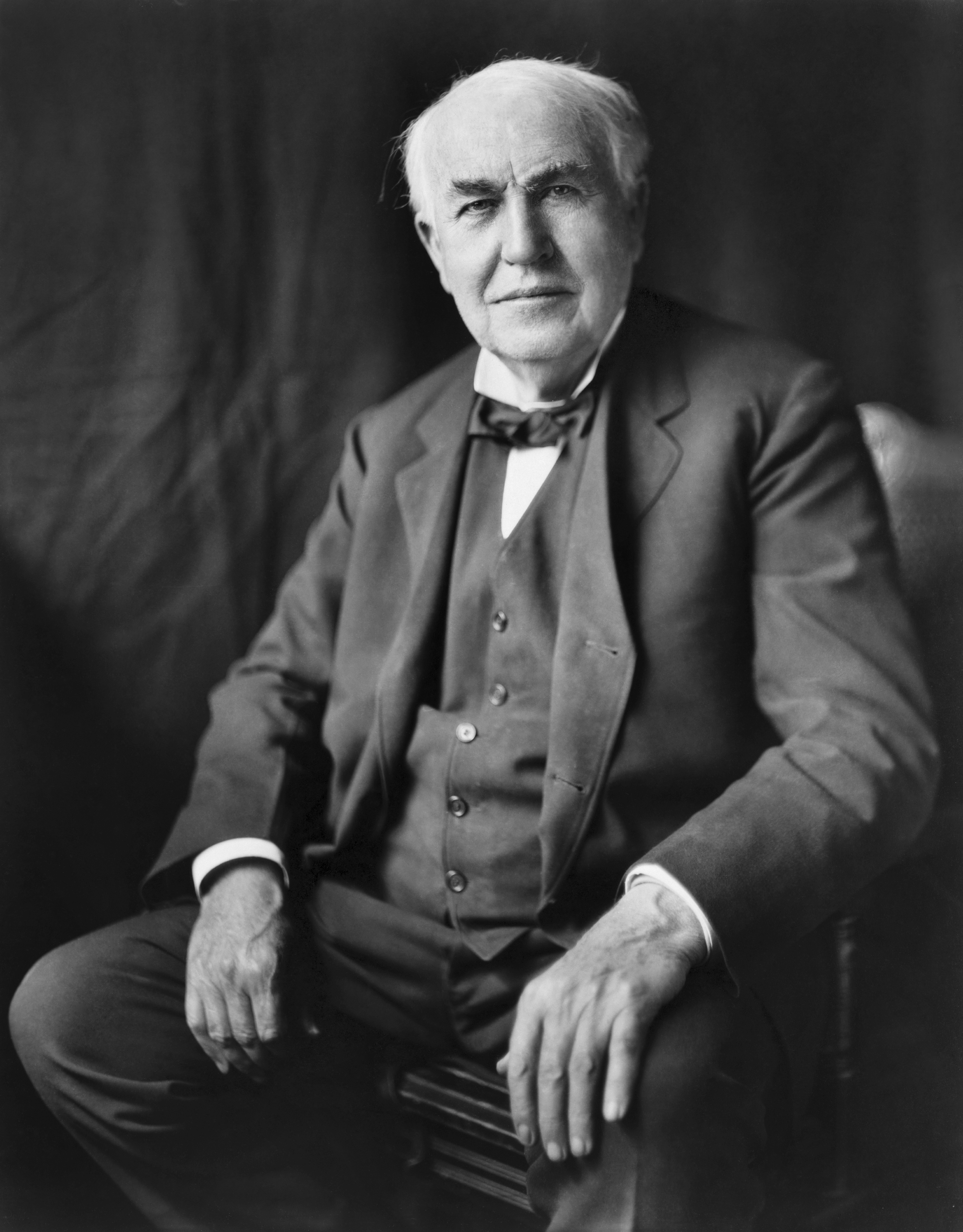Discover and research a
minimum of three traditional moving image techniques & People associated
with these techniques.
1.) Thaumatrope -
Is a disk with a picture on each side, attached to two pieces of string. If you
hold and twist the strings between your fingers and then pull them to let go,
the disk will spin and the two pictures will appear as one moving image.
Inventor - The invention of the thaumatrope is
usually credited to either John Ayrton
Paris or Peter Mark Roget. Nobody
knows who invented it but those two are credited.
How it works - Using science to look like magic,
the thaumatrope tricks the eyes by spinning two images so quickly the human eye
cannot follow one individually and instead combines the two.
Dr. John Ayrton Paris

2.) Zoetrope - Is one of several pre-cinema animation devices that produce the illusion of motion by displaying a sequence of drawings or photographs showing progressive phases of that motion.
Inventor - The basic drum-like form of the
zoetrope was created in 1833 or 1834 by British mathematician William George Horner.
How it works - The zoetrope consists of a cylinder
with slits cut vertically in the sides. On the inner surface of the cylinder is
a band with images from a set of sequenced pictures. As the cylinder spins, the
user looks through the slits at the pictures across. The scanning of the slits
keeps the pictures from simply blurring together, and the user sees a rapid
succession of images, producing the illusion of motion.
William George Horner

3.) Kinetiscope - The Kinetoscope is an early motion picture exhibition device. The Kinetoscope was designed for films to be viewed by one individual at a time through a peephole viewer window at the top of the device.
Inventor – The invention of kinetoscope is
credited to Thomas A. Edison and William Dickson
How it works - a strip of film was passed rapidly
between a lens and an electric light bulb while the viewer peered through a
peephole. Behind the peephole was a spinning wheel with a narrow slit that
acted as a shutter, permitting a momentary view of each of the 46 frames
passing in front of the shutter every second. The result was a lifelike
representation of persons and objects in motion
Thomas A. Edison

4.) Kineograph (Flip Book) - is a book with a series of pictures that vary gradually from one page
to the next, so that when the pages are turned rapidly, the pictures appear to
animate by simulating motion or some other change.
Inventor - The first flip book appeared in
September, 1868, when it was patented by John Barnes Linnett under the name kineograph.
How it works - Flip books are essentially a
primitive form of animation. Like motion pictures, they rely on persistence of
vision to create the illusion that continuous motion is being seen rather than
a series of discontinuous images being exchanged in succession. Rather than
"reading" left to right, a viewer simply stares at the same location
of the pictures in the flip book as the pages turn.
John Barnes Linnett
Sound effects are very important in a film or animation because they can simulate reality, add something that is not really there or to create overall mood. For example when someone is riding a horse, exaggerated sound of the horse galloping will add more depth to the scene. Car explosion sound in an action movie will add more realism to the scene etc.
My top 3 sound effects in films are:
1.) Optimus Prime changing from a car to a bot at 0:40 - http://goo.gl/2HFYJ0
It’s one of my favourite sound effects because it has a lot of detail in it and it sounds very complex. Possibly the effect has been achieved by using metal objects being rubbed together and a push bike chain.
2.) King Kong’s roar - http://goo.gl/60bVu7
I like it because it is very powerful and it is indicating the dominance of King Kong in films.
The sound effect may have been achieved by recording the roar of a lion and modifying it.
3.) Tarzan’s Yell - http://goo.gl/WRwTRn
It is a trademark of Tarzan films and it has to be one of most recognisable sound effect in film history.
Animation
Download the video to get the best quality.






